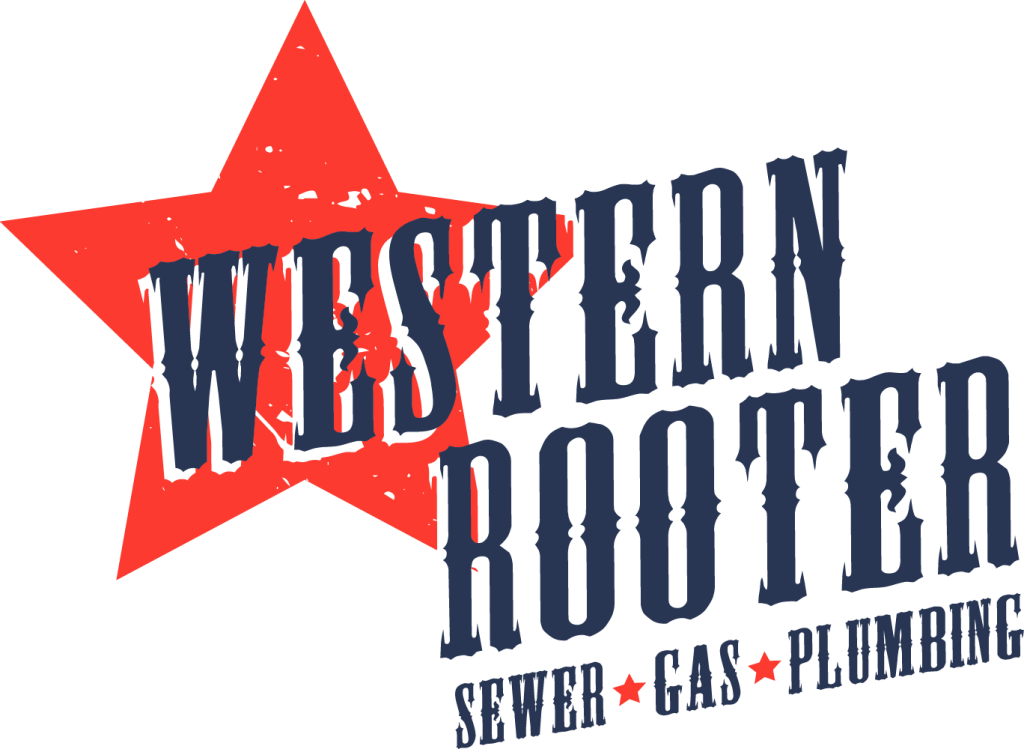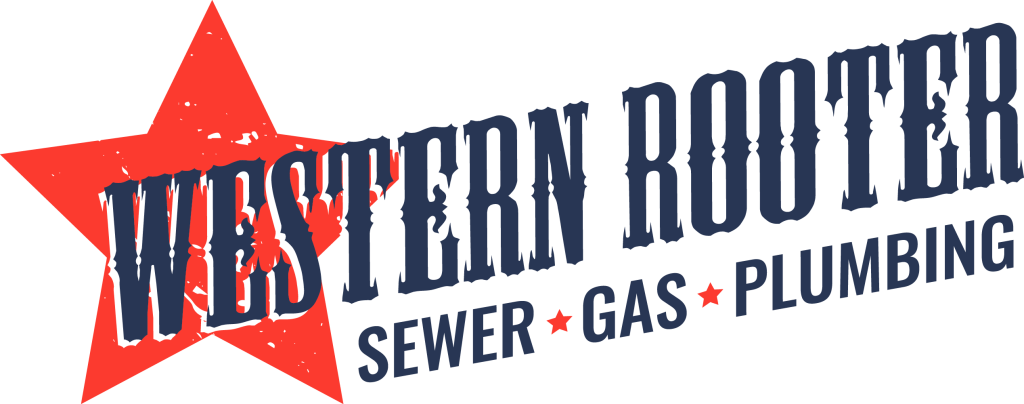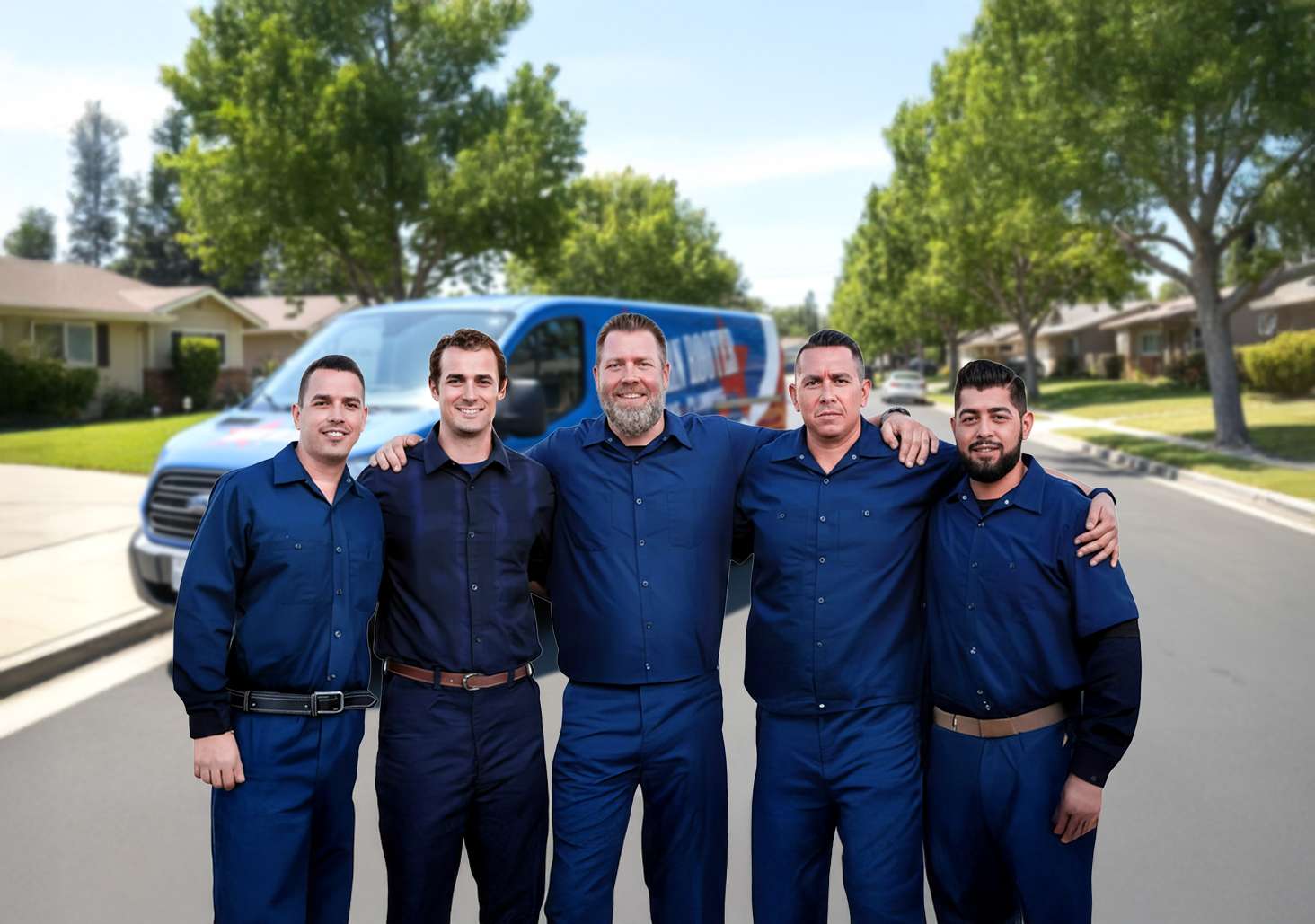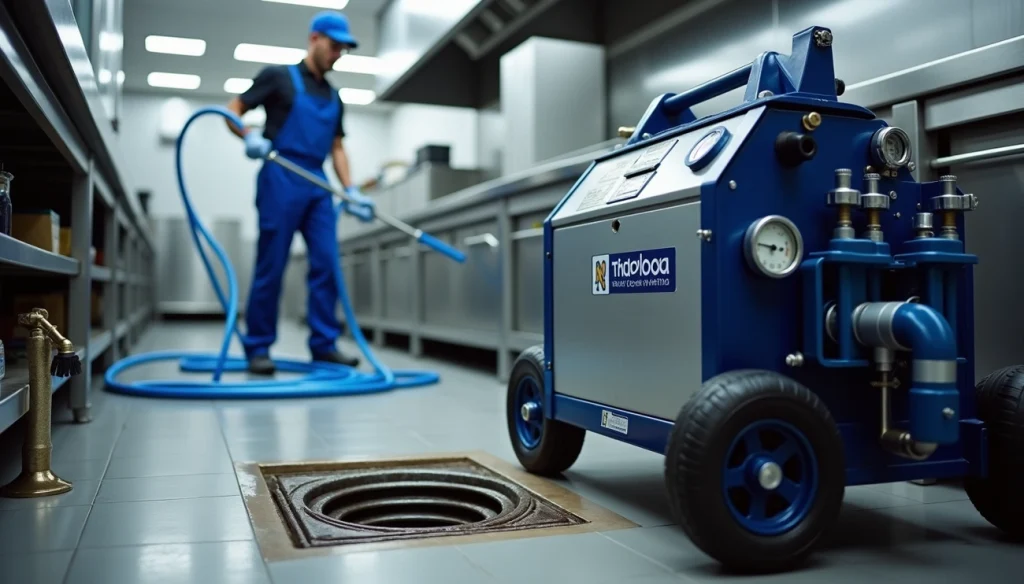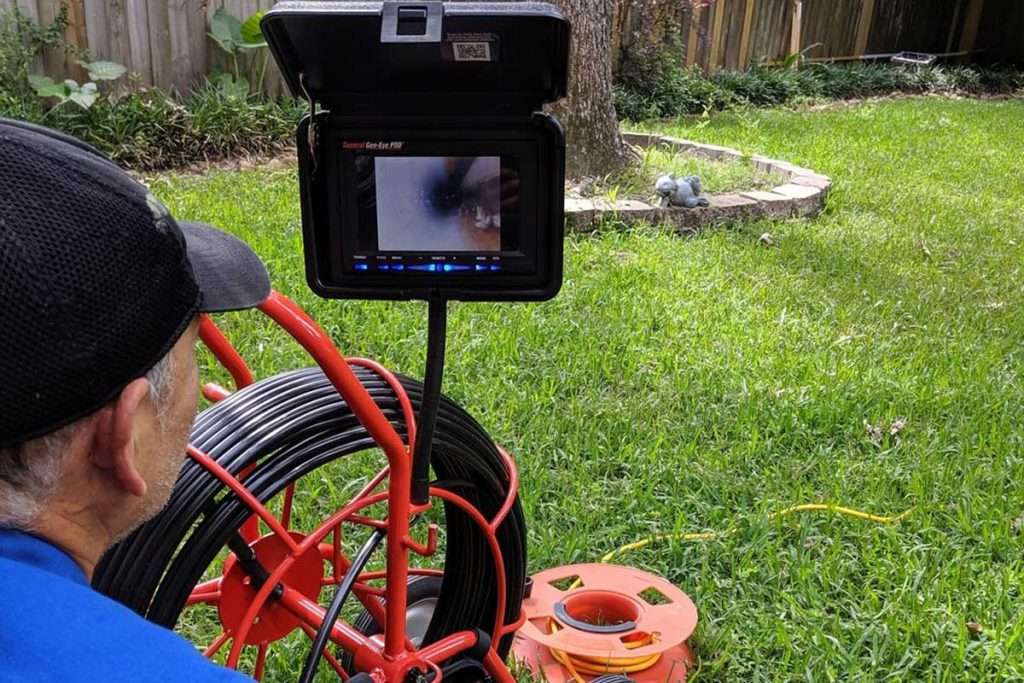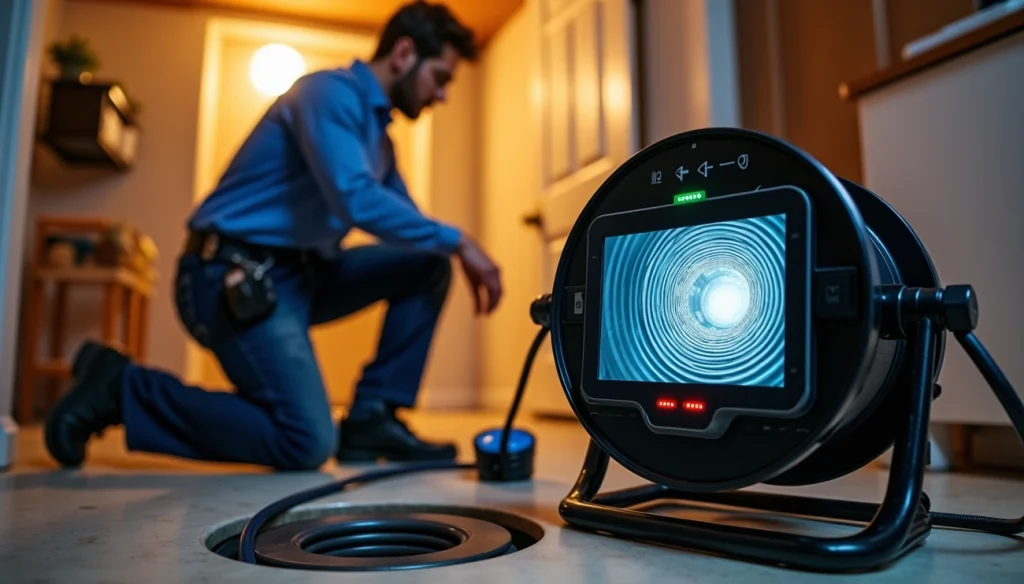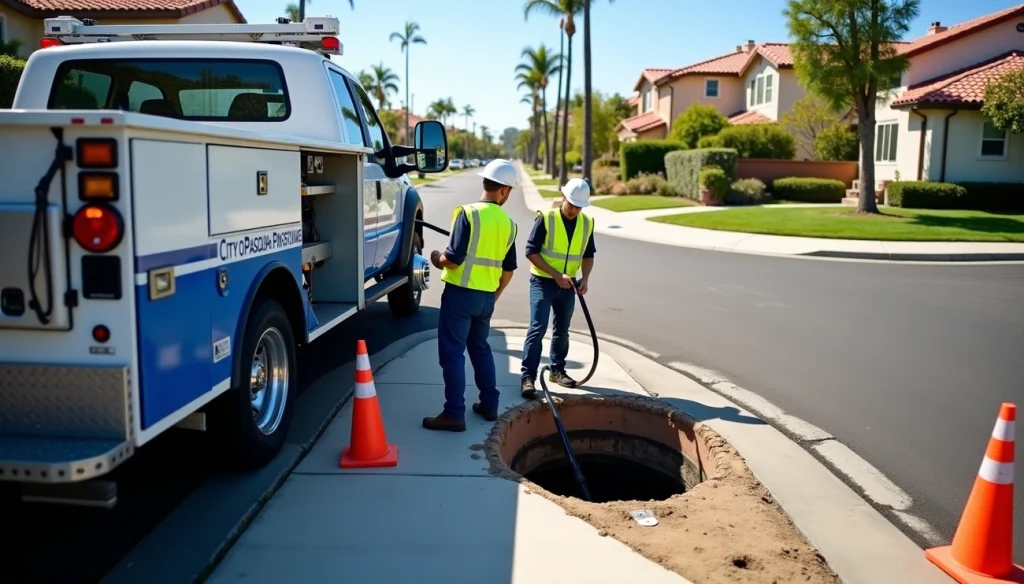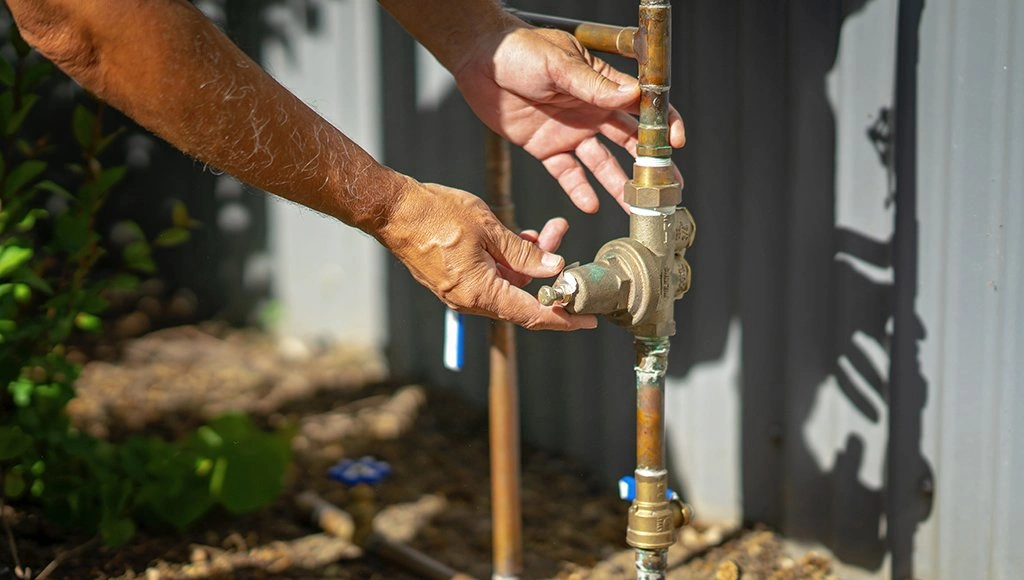If you’ve ever had a clogged sink, tub, or toilet, you know that a plunger can get you out of a pretty messy situation. But did you know that there are different types of plungers, and each one is designed for a specific purpose? In this blog post, we’ll compare three different types of plungers – cup plunger, flange plunger, and accordion plunger – so you can decide which one you need next time a clog strikes. At the end of this blog post, we will let you know what kind of plunger a professional plumber uses, and why we think it’s the best plunger for the job.
Background about plungers
Plungers have been around for centuries, and they are one of the most popular tools for unclogging drains. Plungers work by using air pressure to create a vacuum seal around a drain that pulls water and debris up and out. The plunger creates a seal around the drain so that all of the suction power goes into dislodging the clog. By leveraging simple physics, the plunger is able to clear even the toughest clogs.
Here at Western Rooter & Plumbing, clogged toilets are one of our most common emergency service calls. And while we have plunger types that can handle just about any clog, we always recommend using a flange plunger for toilets. But more on that later.
Plunger types: what you need to know
There are 3 different plunger types that you should be aware of – cup plunger, flange plunger, and accordion plunger. Each plunger type has a specific design that is best suited for different types of clogs and situations. Regardless of whether or not you need a plunger for a sink, bathtub, or toilet, one of these plunger types will do the trick.
Cup plunger: the most commonly used type of plunger.
The cup plunger is the most common type of plunger and can be used on most drains including sinks, tubs, and toilets. Cup plungers have a rubber cup at the bottom that creates a seal around the drain. The plunger handle is then used to create suction that pulls water and debris up and out of the drain. Cup plungers are relatively inexpensive and can be found at most hardware stores.
Cup plungers are great for working on flat surfaces, such as kitchen sinks and bathtub drains. The plunger’s cup creates a tight seal that is perfect for flat surfaces. If you’re not sure which plunger to buy, a cup plunger is always a safe bet.
These types of plungers might not be your best friend when it comes to toilet clogs, however – and this is where the flange plunger comes in.
Flange plunger: for toilets only!
The flange plunger is designed specifically for toilets and has a rubber cup with a flanged opening. The flanged opening helps the plunger create a tight seal around the toilet’s drain hole. This type of plunger is also equipped with an extended plunger handle that provides more leverage and suction power.
Flange plungers are the plunger of choice for most homeowners when it comes to unclogging toilets. The plunger’s flanged opening helps create a tight seal around the toilet’s drain hole, making it easier to dislodge even the toughest clogs. Plus, the extended plunger handle provides more leverage and suction power, making it easier to plunger the toilet. However, if you have a particularly tough clog that just won’t budge, you might what to move on to our next contender…
Accordion plunger: for the toughest of clogs.
The accordion plunger is similar to the cup plunger in that it has a rubber cup at the bottom. But what sets the accordion plunger apart is its design – the plunger has an accordion-like shape that helps it create a tight seal around the drain. The accordion plunger creates a superior vacuum seal compared to both the cup or the flange plunger, which means it can handle even the toughest clogs.
Accordion plungers are often used by professional plumbers because of their ability to create a superior vacuum seal. This plunger type is perfect for homeowners who have tough clogs that just won’t budge.
Tips for unclogging your toilet from a pro plumber:
Now that you know a little bit more about plunger types, let’s talk about how to use them. Clearing a clogged toilet is almost always a one-person job, but it doesn’t have to be a difficult one. Just follow these simple tips from our professional plumbers:
- Always start with a plunger. Before you try any other methods, like potentially harmful chemical cleaning agents that might damage your sewer system, always start with a plunger. Plungers are designed to dislodge clogs, so they should be your first line of defense.
- Create a tight seal. In order to plunger effectively, you need to create a tight seal around the drain. This is why it’s important to use the right plunger for the job – a cup plunger for flat surfaces like sinks and bathtubs, and a flange plunger for toilets.
- Use short, quick plunges. Once you’ve created a tight seal, you’ll want to use short, quick plunges to dislodge the clog. Avoid using long, slow plunger strokes as this can actually push the clog further down the drain or cause damage to your pipes.
- Use boiling water. Boiling water can help break up tough clogs. Carefully pour a pot of boiling water down the drain and then plunge as usual.
What to do if you can’t unclog using a plunger:
If you’ve been toiling away and the clog just won’t budge, it might be time to call a professional plumber. A plunger is usually enough to dislodge most clogs, but sometimes a plunger just isn’t enough. If a clog simply is not budging, then the next logical step is using a plumber’s auger (also called a drain snake) to try to break up or remove the clog manually. We have an entire article covering how to use a drain snake, which you can read here. If you’re not comfortable using a drain snake, or if the clog is still not budging, then it’s time to call in reinforcements – aka a professional plumber.
